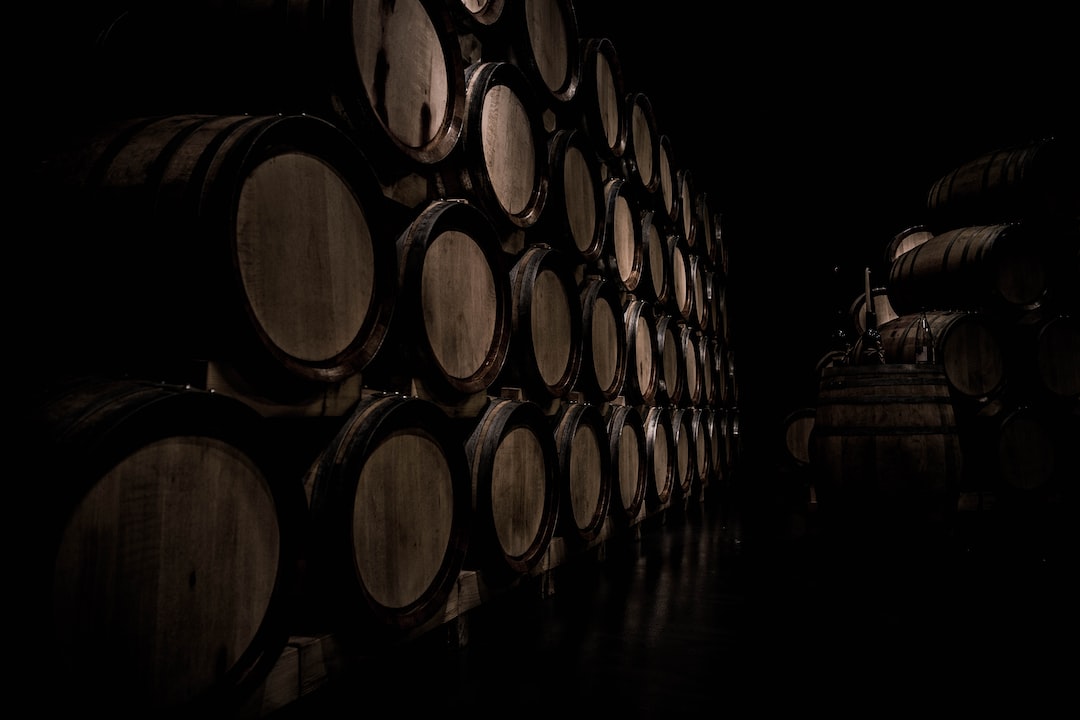
Exploring Dry White Wine Varieties
Share
Dry white wines are a cornerstone of the wine world, offering a diverse range of flavors, aromas, and experiences. Whether you're a seasoned oenophile or new to the joys of viticulture, exploring the varieties of dry white wine can be a delightful journey. From the crisp, mineral notes of a classic Chardonnay to the zesty zest of a Sauvignon Blanc, each type of dry white wine offers a unique profile that can complement a meal or shine on its own. This guide will take you through some of the most popular and intriguing dry white wine varieties, helping you to discover your next favorite and elevate your wine experience.
Understanding Dry White Wine
Before diving into the different varieties, it's important to understand what makes a white wine 'dry.' Dry white wines are characterized by a lack of residual sugar, which means they are not sweet to the taste. During fermentation, yeast converts the natural sugars in the grapes into alcohol, and in dry wines, this process continues until most of the sugar is consumed, leaving less than 1% residual sugar.
The Role of Acidity in Dry White Wines
Acidity is a key component in the taste profile of dry white wines. It's what gives them their crisp, refreshing quality. High acidity wines tend to be more tart, while those with lower acidity feel smoother on the palate. The climate where the grapes are grown can significantly influence the acidity level; cooler climate wines generally have higher acidity.
The Importance of Terroir
Terroir, a French term without an exact English translation, refers to the environment in which the grapes are grown. It includes factors like soil, climate, and topography, all of which impart distinct characteristics to the wine. Dry white wines can express the terroir of their region, with certain areas being famous for their ability to produce exceptional dry whites.
Chardonnay: The Versatile Favorite
Chardonnay is perhaps the most well-known dry white wine, beloved for its versatility and wide range of styles. It can be crisp and mineral-driven or rich and buttery, depending on how it's made.
Unoaked Chardonnay
Unoaked Chardonnays are fermented and aged in stainless steel or concrete, which allows the true character of the grape and terroir to shine through. These wines are typically lighter in body and feature bright acidity with flavors of green apple, citrus, and pear.
Oaked Chardonnay
Oaked Chardonnays, on the other hand, are aged in oak barrels, which imparts a creamy texture and flavors such as vanilla, toast, and coconut. The use of oak can vary, with some winemakers opting for a subtle influence while others embrace a more pronounced oak character.
Sauvignon Blanc: Zesty and Aromatic
Sauvignon Blanc is another popular dry white wine, known for its vibrant acidity and aromatic profile. It is often associated with flavors of lime, green apple, passion fruit, and occasionally bell pepper or freshly cut grass.
Old World vs. New World Sauvignon Blanc
The style of Sauvignon Blanc can vary greatly depending on where it is grown. Old World versions, like those from France's Loire Valley, are typically more restrained and mineral-driven. New World interpretations, such as those from New Zealand, are usually more fruit-forward and expressive.
Food Pairings for Sauvignon Blanc
Thanks to its high acidity and zesty flavors, Sauvignon Blanc is an excellent wine for food pairing. It goes particularly well with seafood, goat cheese, and dishes with green herbs like basil or mint.
Riesling: A Balance of Fruit and Minerality
Riesling is a white grape that can produce wines ranging from bone-dry to very sweet. Dry Rieslings are a fantastic choice for those who enjoy a wine with a perfect balance of fruitiness and minerality.
German Rieslings
Germany is renowned for its Rieslings, which often walk the line between dry and off-dry. These wines can showcase notes of apple, peach, and pear, along with a distinctive flinty or petrol-like aroma as they age.
Dry Riesling Food Pairings
Dry Rieslings are incredibly versatile when it comes to food pairings. They can complement a wide range of dishes, from pork and duck to spicy Asian cuisine, due to their balance of sweetness and acidity.
Pinot Grigio/Pinot Gris: Light vs. Rich
Pinot Grigio and Pinot Gris refer to the same grape variety but often indicate different styles of wine. Pinot Grigio is typically Italian, while Pinot Gris is often associated with France, particularly Alsace.
Italian Pinot Grigio
Italian Pinot Grigio is known for its light body, crisp acidity, and refreshing citrus flavors. It's a wine that's meant to be enjoyed young and is perfect for sipping on a hot summer day.
Alsatian Pinot Gris
Alsatian Pinot Gris, conversely, is often more full-bodied and rich, with a greater potential for aging. These wines can exhibit flavors of ripe stone fruits, honey, and almonds, and are sometimes made in an off-dry style.
Grüner Veltliner: Austria's Signature White
Grüner Veltliner is the most widely planted grape variety in Austria and has gained international acclaim for its distinctive flavor profile. It is almost always made in a dry style.
The Flavor Profile of Grüner Veltliner
Grüner Veltliner wines typically feature flavors of green apple, lime, and white pepper, with a zesty acidity that makes them incredibly food-friendly. They can range from light and crisp to more full-bodied and complex.
Pairing Grüner Veltliner with Food
Grüner Veltliner's peppery note and bright acidity pair well with a variety of foods, from fresh salads to rich, fatty dishes like Wiener schnitzel. It's also a great match for Asian cuisine, as it can stand up to bold flavors and spices.
Chenin Blanc: South Africa's Gem
While Chenin Blanc originates from the Loire Valley in France, it has found a second home in South Africa, where it produces some of the country's most impressive wines.
Loire Valley Chenin Blanc
In the Loire Valley, Chenin Blanc is known for its high acidity and versatility. It can produce dry wines with flavors of quince, apple, and wet wool, as well as sweet, dessert-style wines.
South African Chenin Blanc
South African Chenin Blancs are often more fruit-forward, with ripe tropical fruit flavors and a rounder mouthfeel. They still retain the characteristic acidity, making them excellent wines for pairing with a variety of dishes.
Viognier: The Aromatic Alternative
Viognier is a lesser-known but highly aromatic white grape variety, often compared to Chardonnay for its potential to produce full-bodied wines. However, Viognier tends to have more pronounced floral and fruit aromas.
Characteristics of Viognier
Viognier wines are known for their notes of peach, tangerine, and honeysuckle. They often have a lush, silky texture and can be made in both unoaked and oaked styles, which can add complexity and spice to the wine.
Viognier Food Pairings
The aromatic nature of Viognier makes it a great companion to aromatic dishes like Moroccan tagines, Indian curries, or anything with a hint of ginger or saffron. It's also delightful with creamy sauces and seafood.
Conclusion: A World of Dry Whites to Explore
The world of dry white wines is vast and varied, with each variety offering its own unique set of characteristics and pleasures. Whether you prefer the crispness of a Sauvignon Blanc, the richness of an oaked Chardonnay, or the exotic aromas of a Viognier, there's a dry white wine out there to suit your taste.
When exploring dry white wines, consider the climate, terroir, and winemaking techniques that contribute to the wine's final profile. And remember, the best way to learn about wine is to taste as many different types as you can. So pour yourself a glass, savor the flavors, and elevate your wine experience with each sip.
For more insights into the world of wine, be sure to check out our other articles, such as "Why are Cabernet Sauvignons So Popular?", and continue your journey through the delightful and diverse world of viticulture.



